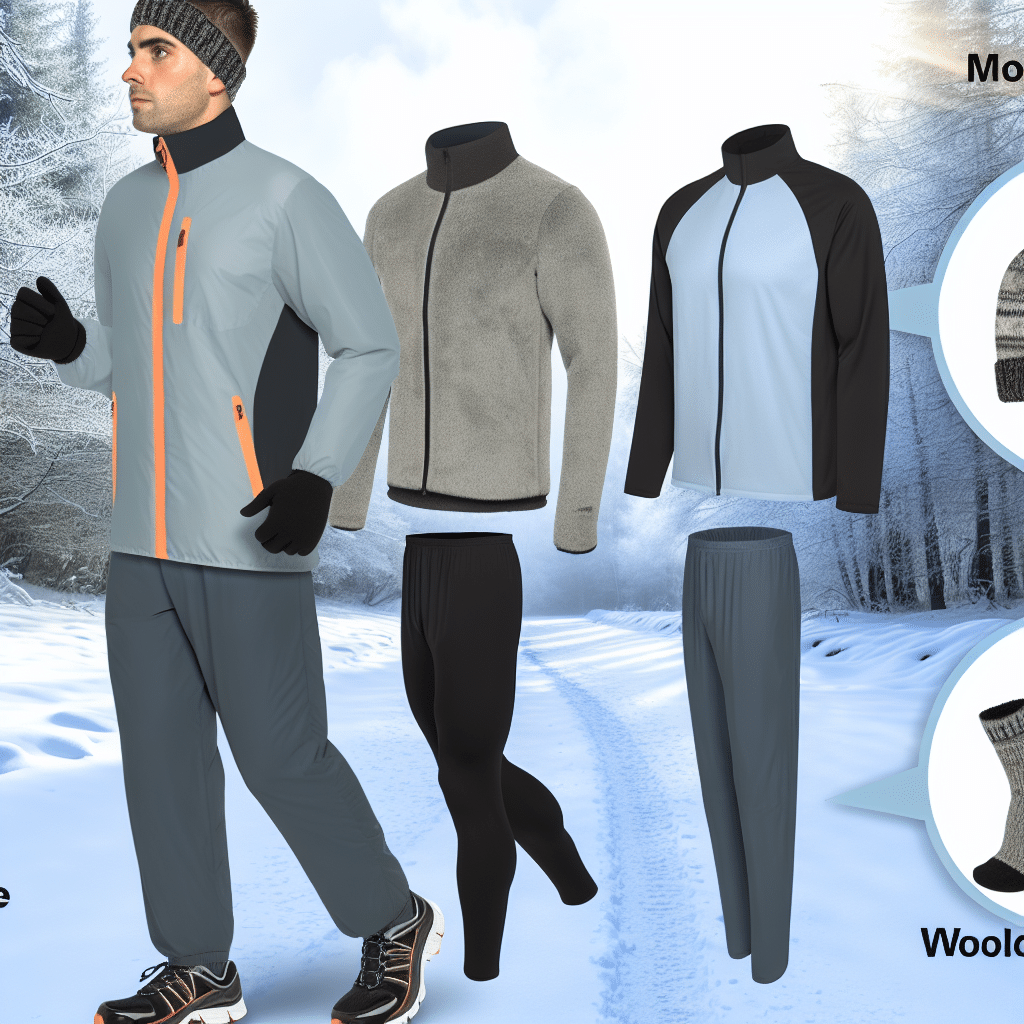When the temperatures drop and the first flakes of snow begin to fall, it’s easy to let your running routine hibernate until spring. However, winter running can be an exhilarating experience that not only keeps you in shape but also provides a fresh perspective on the sport. This guide will help you embrace the chill and make the most out of your winter running season.
Why Run in Winter?
What Are the Benefits?
Running in winter offers several unique benefits. Firstly, the cold weather can actually improve your stamina. Cooler temperatures mean your body doesn’t have to work as hard to cool itself down, allowing you to run longer distances more comfortably. Additionally, maintaining an active routine during the winter months helps keep those holiday pounds at bay and prevents the fitness slump that many experience during this time.
Another benefit is the mental edge you gain. Battling through cold, wind, and snow can make you mentally tougher, preparing you for future challenges in both running and life. Lastly, there’s a unique beauty to winter landscapes; running through snow-covered trails can be a serene and almost magical experience.
How to Dress for Winter Running
Layering Basics
The key to staying comfortable during winter runs is layering. Start with a moisture-wicking base layer to keep sweat off your skin. Follow this with an insulating layer, such as a fleece, to trap heat. Finish with a waterproof and windproof outer shell to protect against the elements.
Don’t Forget Your Extremities
Your hands, feet, and head are particularly vulnerable to the cold, so make sure to keep them well-protected. Opt for thermal gloves, wool socks, and a warm hat or headband. If it’s particularly cold, consider a neck gaiter or balaclava to cover your face.
Winter Running Safety Tips
Shine Bright, Stay Visible
With shorter daylight hours, it’s crucial to make sure you’re visible, especially if you’re running early in the morning or late in the evening. Wear reflective clothing and consider investing in a good-quality headlamp.
Mind Your Footing
Winter surfaces can be slippery due to ice and snow, making it essential to choose the right footwear. Trail running shoes often offer better grip than regular running shoes. Some runners also use traction devices that fit over their shoes for added security.
Warm Up Properly
Cold muscles are more prone to injury, so it’s vital to warm up properly before heading out. Spend a few minutes indoors doing dynamic stretches or light exercises to get your blood flowing.
Winter Nutrition and Hydration
Stay Hydrated
Just because it’s cold doesn’t mean you don’t need to hydrate. Winter air is often dry, which can lead to dehydration. Drink water before, during, and after your run. Consider using an insulated water bottle to prevent your drink from freezing.
Fueling Right
Your body burns more calories in the cold as it works harder to maintain its core temperature. Make sure to fuel up with a balanced meal before your run and have a snack ready for afterward. Foods rich in protein and complex carbohydrates are excellent choices.
What to Do After Your Winter Run?
Cool Down and Stretch
It might be tempting to dash indoors and jump straight into a hot shower, but it’s important to cool down properly first. Spend a few minutes walking and stretching to help your body transition. This can help prevent stiffness and soreness.
Change Out of Wet Clothes
Post-run, your clothes may be damp from sweat or snow. Change out of these wet clothes as soon as possible to avoid getting chilled. A hot shower or bath can then help warm you up and soothe your muscles.
Motivation for Winter Running
Set Goals
Setting specific, achievable goals can help keep you motivated. Whether it’s aiming for a certain number of miles per week or training for a winter race, having a target can keep you focused and committed.
Find a Running Buddy
Running with a partner can make winter running more enjoyable and safer. It’s harder to skip a run if someone is counting on you to show up. Plus, having company can make those chilly miles fly by faster.
Conclusion: Embrace the Chill
Winter running may seem daunting, but with the right preparation and mindset, it can be a rewarding and invigorating experience. By dressing appropriately, staying safe, and keeping motivated, you can maintain or even improve your fitness throughout the colder months. So, lace up those shoes, layer up, and embrace the chill—winter running awaits!




